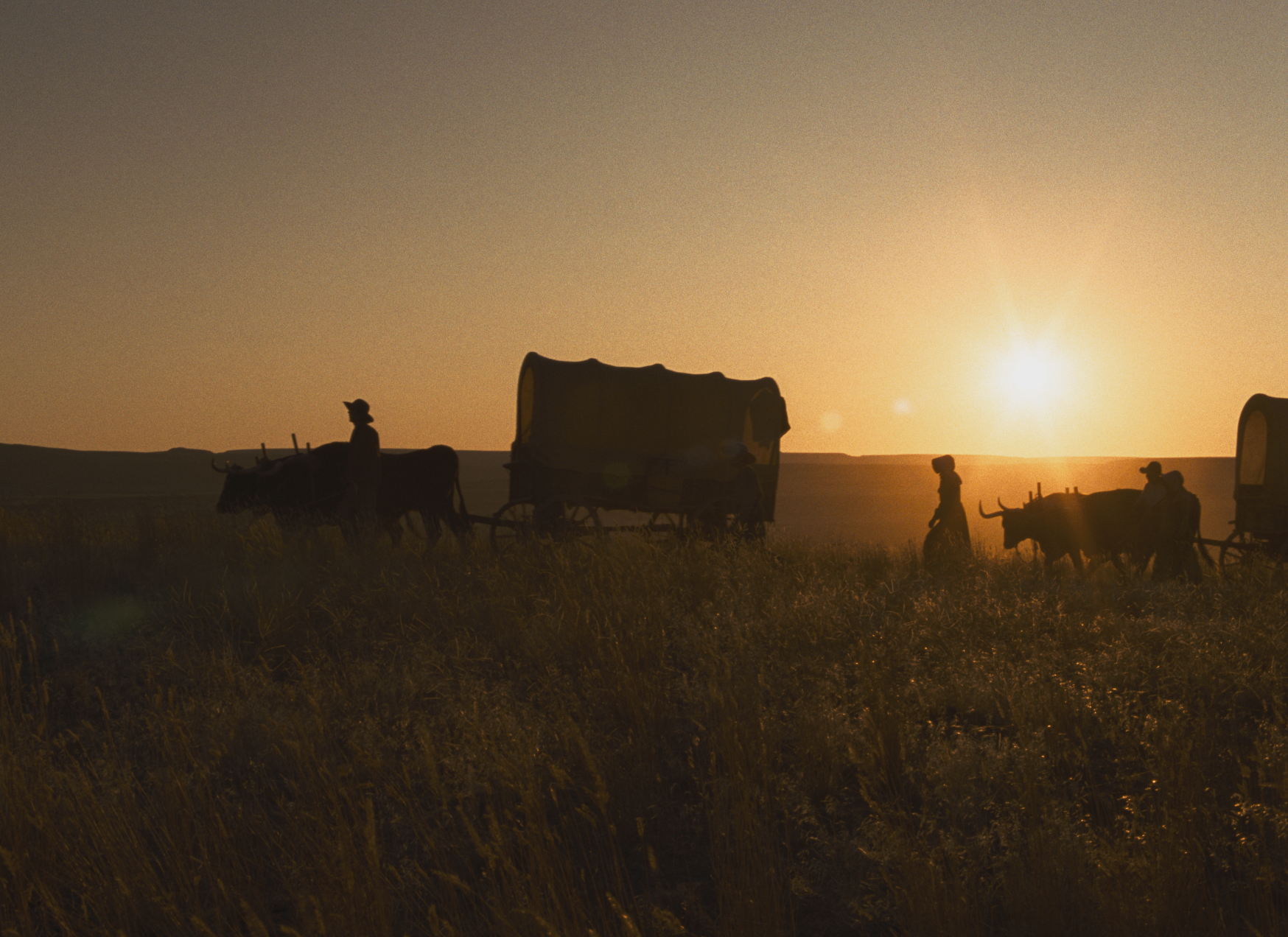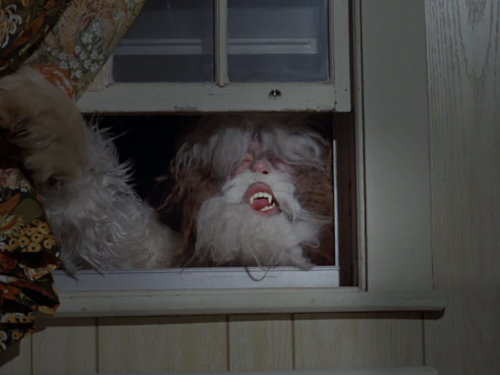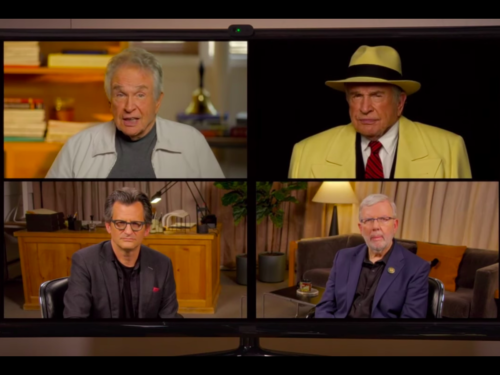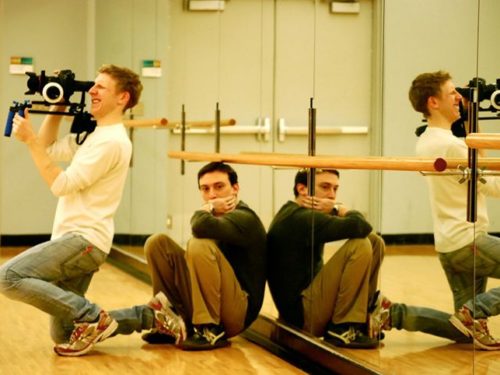Reichardt began the 2010s by leading us deep into the Western Frontier with a film in which the Wild West is truly wild
When it was released in 2010, Kelly Reichardt’s Meek’s Cutoff was mostly promoted as a typical Western. Its poster, with a musket-wielding Michelle Williams and a pull-quote promising a “real movie-movie” with “life or death stakes,” built expectations for familiar Wild West entertainment. Its trailer highlights the faces of its stars, weapons and the potential for violent action. Even its “based on a true story” plot about a perilous wagon journey on the Oregon Trail comes across like something your dad might watch on a Sunday afternoon.
But there is a strangeness to Meek’s Cutoff that is apparent right from its start. Its pacing is meditative and its narrative is process-oriented rather than action or suspense-driven. Its characters are portrayed more like aliens on a strange new planet than pioneers in the Oregon desert. Throughout the film, there are no horseback chases intended to thrill audiences, the only gunshots fired are distress signals and no cowboy or cowgirl saves the day or dies defending their preferred social order. It doesn’t feel like a standard Western, and few films from this past decade have inspired more fervent complaints about “unfulfilled expectations.”
In trying to convey these distinctions, critics and viewers have categorized Meek’s Cutoff as nearly every possible variation on a Western, classifying it as a “feminist” Western, a “deconstructionist” Western, a “revisionist” Western, an “avant-garde” Western, a “naturalistic” Western, a “Slow Cinema” Western, a “neo-realist” Western and even an “Anti-Western.” But no matter how one tries to set it apart from John Wayne or The Wild Bunch, these distinctions are often as misleading as Amazon Prime labeling it an Action movie.
For all practical purposes, Meek’s Cutoff is a Western. But for many viewers, here lies the problem, for at its heart Meek’s doesn’t function like a genre film. It operates, structurally and ideologically, in ways that drastically depart from the categorical, archetypal understandings of the world inherent to genre traditions. It certainly revises and challenges elements of the Western — accentuating the females’ perspective, avoiding an action-centric narrative for something more explorative — but Meek’s Cutoff is the type of film that shows a weakness in words like “subversive.” Reichardt isn’t merely toying with conventions. Instead, the film encourages a loosening of our understanding as viewers as Reichardt gives form to something more potentially dangerous and more elusive in the cinematic Western frontier. Above all, Meek’s Cutoff requires a willingness to get a little lost.
***
The film begins after a group of settlers has diverted from the established Oregon Trail in 1845. Stephen Meek (Bruce Greenwood) is their scraggly mountain-man guide who claims to know the frontier better than anyone. Yet now that they have gone off trail, various members of the party believe he is either lost or purposefully leading them astray. As they run low on water and hope, they come across a Native American (Rod Rondeaux, listed in the credits as “The Indian”) who may be a threat or their only chance for survival.
Much like the settlers, viewers are kept from settling throughout the film. Early on, Reichardt establishes a cool, almost eerie sense of displacement. Following the opening sequence featuring characters wading across a stream with belongings held over their heads, Reichardt presents us with a long shot of the wagon train slowly creaking towards the foreground until it passes out of view. Within this same shot, the wagon train, led by Meek on horseback, re-enters the frame, but Meek rides in from above and from the opposite direction. What we are seeing is a slow-developing dissolve between shots, but for a brief moment the cowboy appears to be floating through the desert sky, dislocated from place and time. We have already seen Paul Dano carve the word “lost” into a tree stump to let us know they are lost geographically, but with this ghostly rider in the sky moment Reichardt gives us the feeling of being lost in a more severe and internal sense.
Related: Missing The Forest For The Trees: Kelly Reichardt’s Misunderstood Night Moves (2013) by Bennett Glace
The Wild West is truly wild in Meek’s Cutoff. The wide-open frontier is presented as a void upon the group’s imagination. Reichardt uses the environment as a means of stripping away the fabric of the settlers’ social mappings. The expansiveness that Hollywood glamorized in early Westerns is manipulated for an isolating effect. She frames the pioneers within the vast landscape to look small and out of place in the barren environment, holding them inside the constricting black bars of the archaic 1.37:1 aspect ratio. Even Clint Eastwood’s most guilt-ridden anti-heroes have a sense of ease about them in the open plains and the most corrupt Spaghetti Western bandits can sit around a campfire and relax into a bottle of bourbon. When Reichardt’s settlers huddle around the fire, they are draped so heavily in darkness that they barely register on screen. Their talk is mostly anxious questioning of what to do next or nostalgic wishes for the comforts of home.
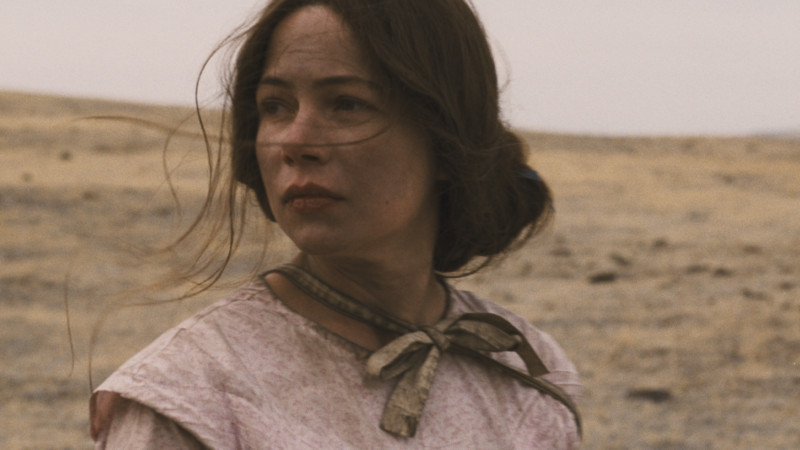
Reichardt stages scenes that put the settlers’ customs and rituals in conflict with the surrounding wilderness. She mixes the men’s dialogue down in the soundtrack as the women (Michelle Williams, Shirley Henderson and Zoe Kazan) stand at a remove from the male-dominated decision-making process. But notice how the men’s reliance on logic ultimately leads nowhere when surrounded by nothing but wild nature to guide them. Notions of social duty and familial obligation become more complicated throughout the journey. When food becomes scarce, Mr. White (Neal Huff) begins fasting so his wife and son can have more sustenance. But his willingness to go hungry isn’t a heroic act. It instead becomes a hindrance upon the entire group’s ability to travel as he becomes too weak to do his share of the work.
The “civilized” ways of the pioneers are never depicted as a way of life in need of upholding in this environment. As they press further into the wilderness, the film shows how fragile their social orderings and prejudices are in the face of nature. Scene after scene finds clocks and heirlooms being tossed aside to lighten the load until even the wagons start to break down. Just before the Indian is captured and brought to their camp, a pivotal scene involves members of the group resting on furniture in the desert as they wait for the men chasing after the Indian to return. Reichardt’s Certain Women (2016), with its scenes of lonely people in offices or eating in diners, earned comparisons to the paintings of Edward Hopper. Meek’s Cutoff often resembles Hopper as well, notably in later paintings like “People in the Sun” (1963). “People in the Sun” features figures reclining in chairs before an expansive desert vista, evoking a blinding ease of mind that comes with modern comfort. The end of the concrete foundation their chairs rest on is in sight, but the natural view beyond of soil, wheat and mountains appears more like a screen, something experienced at a remove by the reposed figures. In Meek’s Cutoff, it’s as if Reichardt has slid the chairs off the concrete foundation and into the dust. Her characters face the wide-open expanses, resting upon the comforts of their Eastern homes, but these old comforts placed in the barren desert only cast a greater sense of disharmony over the scene. The distance between the characters and nature is dwindling but hard for them to grasp and still goes unrecognized as something they must adapt to.
Stephen Meek acts like he is the embodiment of this adaptability. He puts on a grand performance as the rough and tough cowboy guide, but this role is put into question early in the film. He brags of his connection to the land, saying, “It’s like my feet have gloves… I live with this world, not just in it.” But Reichardt rarely shows Meek in direct contact with the land he claims to know so well — unless he is lazing in the dirt while spouting nonsense or scurrying out of his tent in the morning, swarmed by buzzing flies (this is our first substantial introduction to him). As Emily (Williams) quips, his talk of himself is simply “vanity.” His relationship to the land is shown to be in his head, evaporating into the hot air he exudes with his self-mythologizing.
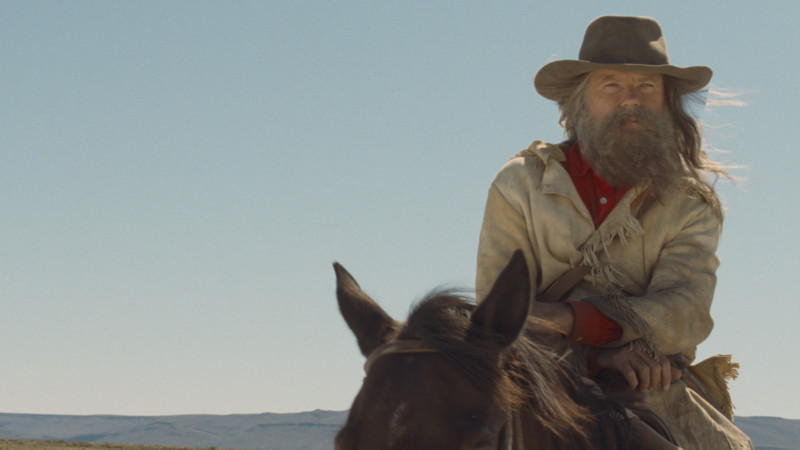
With Meek, the settlers question whether to entrust their lives to a guide who could be all talk. When they capture and begin following the Indian, an equally uncertain relationship takes form with a guide they can barely communicate with at all. Certain members of the group, including Meek, want to kill him. Others, led by Emily and her husband, Soloman (Will Patton), hope he can lead them to water. As his presence brings new prejudices and paranoia to light among the group, we experience many interactions with the Indian from a perspective aligned with the cautious settlers, most often Emily. Reichardt wisely keeps the Indian from becoming a “relatable” figure within the film’s narrative. Not only does he speak a nearly extinct language that is left untranslated, he is never turned into a savior figure or someone we should necessarily take sides with.
With the distance this allows, the most striking aspect of the Indian’s arrival comes in the contrasts Reichardt builds through tactile details rather than dramatic interactions. The settlers’ manner of navigating this terrain is mostly undertaken logically and anticipatorily — deliberating over a direction and hoping the path will become clearer on the other side of each new ridge. Reichardt often frames the settlers from the waist up on horseback or in close-ups of bonnet-shrouded faces as they travel. Their wagon train is often framed in objective long shots, moving across the screen like it is merely passing through. The sounds of their progress are marked by the creaking of wagon wheels and the bells on their animals.
One of the first things Reichardt does when the Indian arrives is lower our perspective to ground level as the settlers debate what to do with him. Reichardt often speaks of the importance she places on “down-to-the-ground” cinematography (most recently in an appreciation of Kenji Mizoguchi’s Ugestu) and its abilities to convey certain relationships to the world. She proceeds to show us an extended close-up from Emily’s perspective of the Indian’s feet traversing the dry desert, drawing us to the step-by-step work of traveling on ground as he talks unceasingly while doing so. Compare this to those static wide-shots of the loud wagon train, or the earlier tracking shot of Shirley Henderson frantically scurrying after a windswept handkerchief, the composition of which creates a sense of potential danger lurking outside of our view. The Indian stacks stones, etches symbols into cliff sides and talks to the sky at night, actions which are variously interpreted by the settlers as prayers or war codes. No matter their meaning, after watching these characters practice religion by reading silently from Bibles or reciting prayers with heads bowed and eyes closed around a table, it is the outwardness, the tactility, the scratching and stacking that draws our attention.
Later, when Emily eventually recognizes a way to communicate with the Indian by motioning towards a broken seam on his moccasin, Reichardt shows us his bare foot in a ground-level close-up as Emily mends the boot. With only the slightest curling motion of his toes, gripping into the soil, we see the tangible bond that Meek claims through words conveyed gesturally.
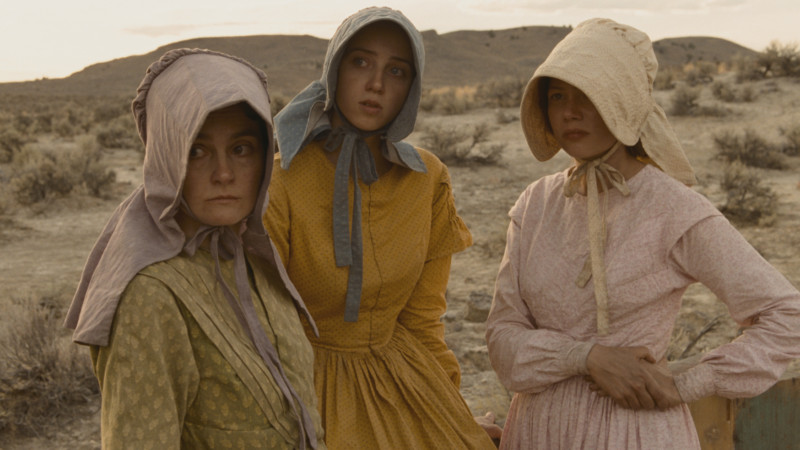
At the end of the film, following great hardship and many disagreements among the group, they arrive upon a lone tree — its branches green within arm’s length but dead on its top. Now, as the Indian, who most believed to be a threat, has led them on a path hinting towards water, even Meek submits his agency to Emily, the one with the insight to follow and try communicating with the Indian.
The tree’s nearly mystical appearance challenges the group to place their faith in something strange and foreign to them. But Reichardt has greater sense than to neatly resolve her film. Many have read this “power-shift” as a conclusion, drawing a clean-cut feminist interpretation of the film as Emily is placed in a decision-making position. Yet to recognize this only as a matter of social rearrangement among the characters is to barely dust the surface of Reichardt’s final act. Sure, the film ends with the racist and sexist Meek putting his faith in Emily and the Indian, but this moment is far from reassuring or entirely triumphant. Reichardt’s ending presents a heightened sense of the upheaval that has taken place among the group’s collective imagination. If anything, Meek’s submission only causes further uncertainty for the group, as they are left without even the flawed morals of their cowboy guide to position themselves against. The final image of the Indian walking into the distance fades to black as the settlers’ grapple with the idea that forces are at work beyond the range of their understanding. We realize that the only way forward for these characters could be through an abandonment of previously held knowledge that may not be possible for them to undergo as a group.
The lack of conclusion leaves us in a similar state, causing many viewers and critics to feel the need to pin Meek’s Cutoff within familiar genre terms and reel it back into definable, relatable territory. But the film has been preparing us for this point. By making us squint through the darkness of those campfire scenes, strain to hear distant conversations and struggle to understand The Indian, the film’s style provokes a need for us to adapt with each new scene and guides our attention beyond the basic narrative to see and hear in new ways. We are placed in a position to shift our perception from following a group of settlers with an objective and a destination, to recognizing the intricacies and conflicts of their relationships to each other and their new environment. Reichardt challenges us to stick with the opaqueness, offering an experience that is not merely subversive but truly radical. She shows a struggle for progress not as an issue of lacking knowledge but as an inability to recognize when to shed our understanding to best seek the path forward. Kelly Reichardt takes us to the edge of certainty, leading us toward uncharted territory — that is, if we are willing to follow her.
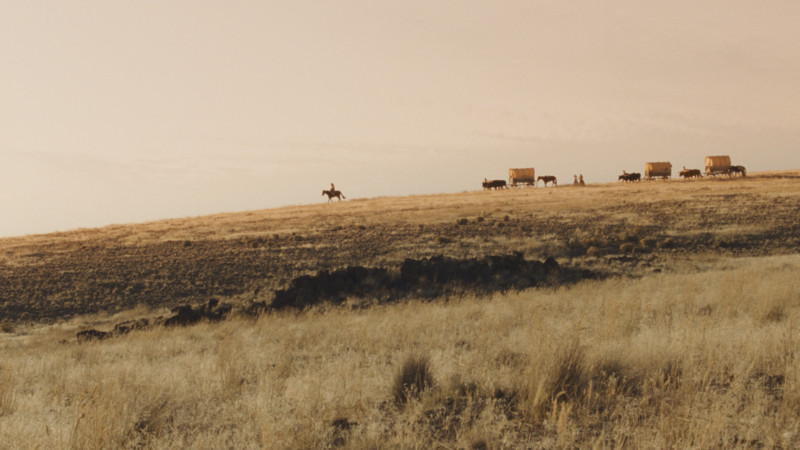
Purchase Meek’s Cutoff on Blu-ray/DVD here
Stream Meek’s Cutoff here
Follow our series of The Best of the 2010s in Film here
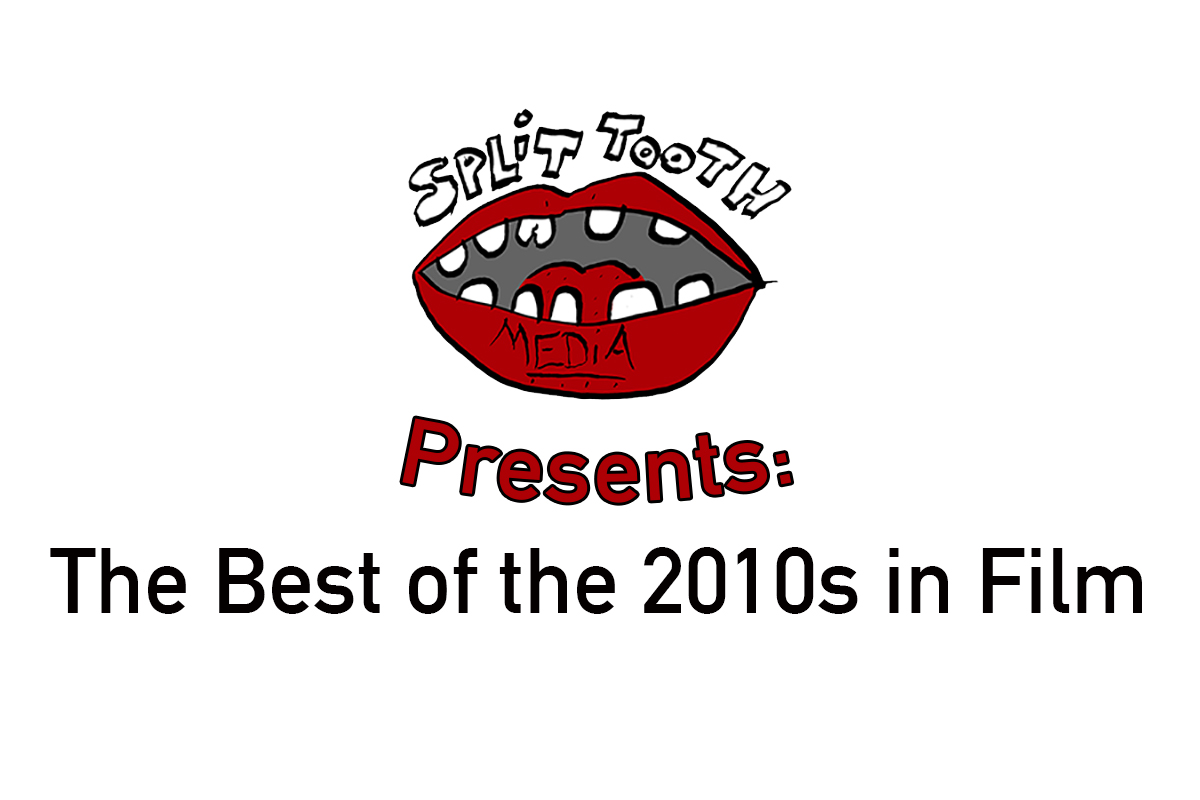
Follow Brett on Twitter and Letterboxd
(Split Tooth may earn a commission from purchases made through affiliate links on our site.)

